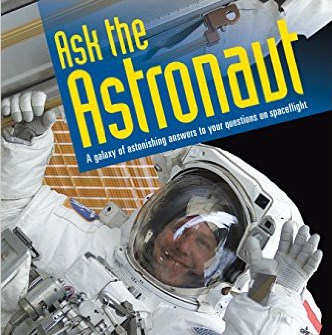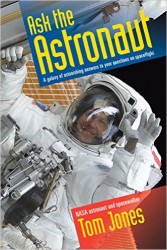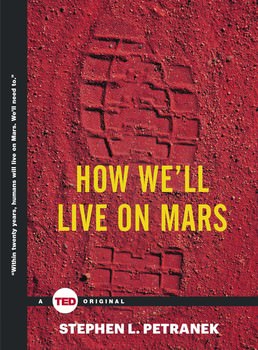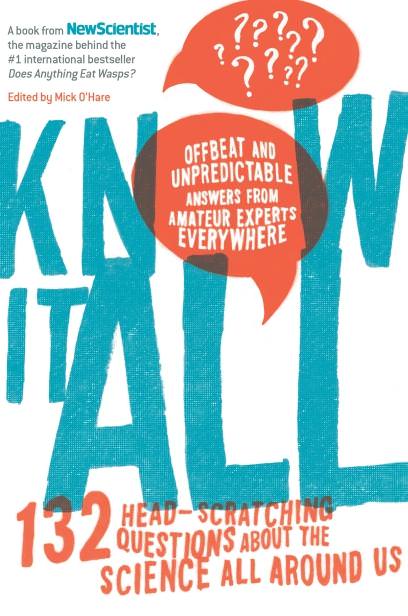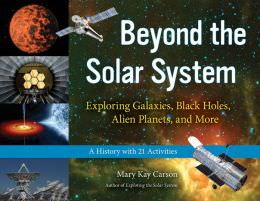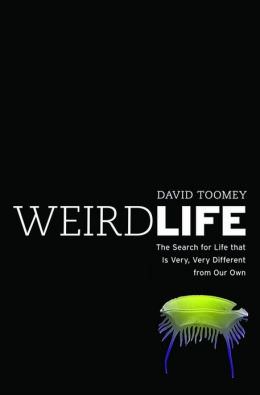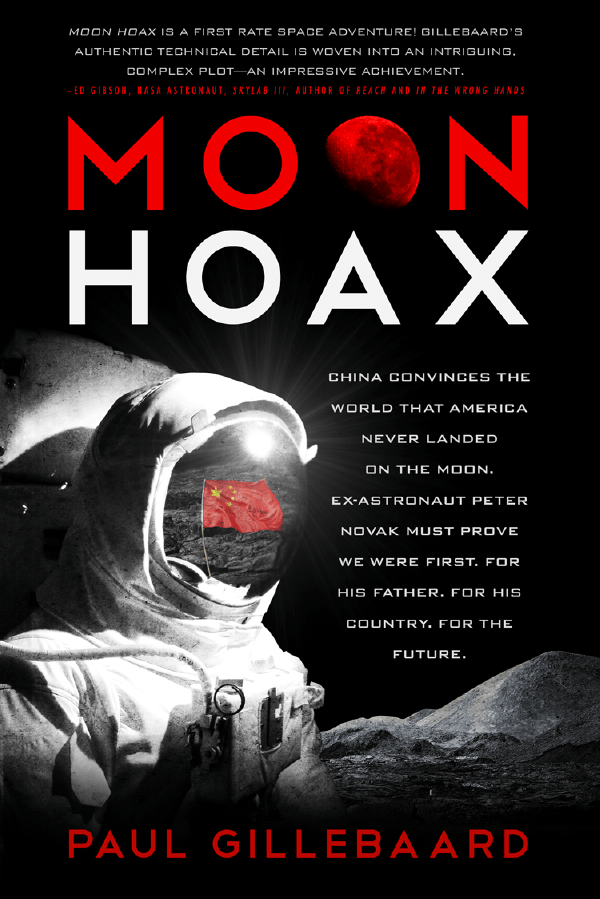Imagine yourself sitting in front of a veteran astronaut. You are able to ask him or her all the space related questions floating about in your head, with no interruptions and no time limit. While you may think you are channeling the adult version of you with your inquiry list, we all know that curious teen is lurking inside, giddy with the thought that you may grow up to be an astronaut and gleeful that you have a private audience to pick the brain of a real space traveler. Your patient audience of one is a successful, seasoned astronaut. They’ve experienced the countdown clock and ridden several rocket launches; they’ve worked in space, walked in space and thoroughly earned their space wings.
“Exploring Space is Our Destiny” – quote from Astronaut Tom Jones’ website
“Ask the Astronaut,” by 4-time shuttle astronaut Tom Jones, is that virtual astronaut sitting across from you – the answer to your curiosity. Jones brings 25 years of space experience to the table as an astronaut, planetary scientist and space consultant. In “Ask the Astronaut,” Jones ponders over 300 questions, providing thoughtful, honest responses that will surely satisfy any questions about spaceflight.
Thanks to Smithsonian Books, Universe Today has 5 copies of this book to give away. Find out how at the end of this review.
The book is handily divided by topic relating to space. “Training for Space” starts us off then transitions to “Getting to Space”. Within this chapter we learn that a shuttle launch typically took about 8 minutes 30 seconds to reach Earth orbit. Another interesting factoid is that today’s crews are officially designated astronauts when they climb 62 miles above Earth. Did you know that astronaut’s ears do not pop on that ride up? This is due to the continuous cabin pressure, which is unlike the ascent and descent experienced in a regular plane. These snippets barely scratch the surface!
Follow along through each chapter and you will be graced with detailed information including subjects such as “Surviving in Space,” “Working in Space,” “Returning to Earth,” and what lies ahead in the future. Curious about EVAs or “Walking in Space”? There’s a chapter dedicated to it.
This book is billed for the ages 10-17, but I believe all ages can benefit from the vast knowledge within, especially that eager inner kid, full of questions, found in all of us. Spaceflight is one of those great endeavors so many dream to be a part of. Tom Jones gives us a glimpse behind the curtain.
The book is published by Smithsonian Books and is available on Amazon on Kindle or paperback.
Tom Jones NASA bio can be seen here, and he also has a website.
GIVEAWAY:
The publisher has specified that for this contest, winners need to be from the US.
In order to be entered into the giveaway drawing, just put your email address into the box at the bottom of this post (where it says “Enter the Giveaway”) before Monday, March 28. We’ll send you a confirmation email, so you’ll need to click that to be entered into the drawing. If you’ve entered our giveaways before you should also receive an email with a link on how to enter.

